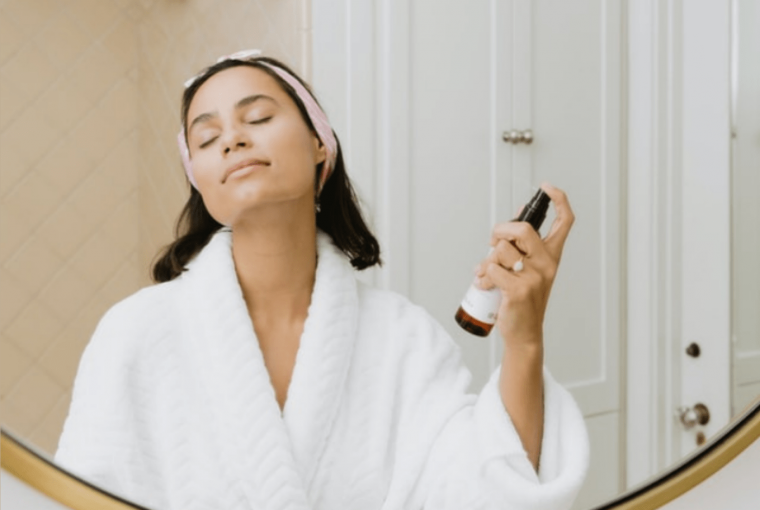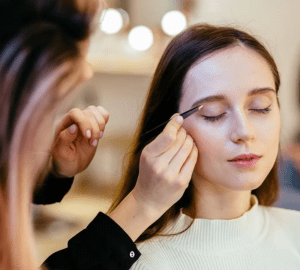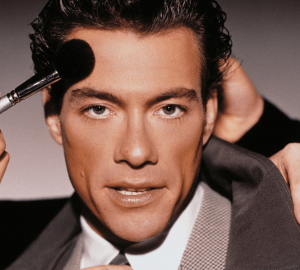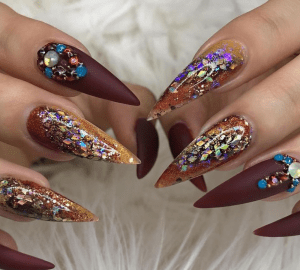Almost all women love doing makeup. It boosts our confidence and gets us ready to face the day. The benefit of wearing makeup goes beyond just looking pretty. Makeup forms a thin barrier around your skin that prevents it from being exposed to dust. Moreover, you get to have fun experiencing the different colors that each palette has.
As beauty enthusiasts, we want our makeup to last long without fading through the day. Some might say that the key to a long-lasting makeup look is to use high-end products, but it is not. Rather, it is how you prep your face before applying makeup that determines the final look.
If you want perfect makeup looks, you have to make sure that you prep your skin properly. This is an important step before you start taking out all your makeup products because, without proper prepping, you may end up having a breakout or uneven coverage.
So, what should you apply before putting on your makeup? Here are some steps to guide you through prepping your skin.
Step 1: Cleanser
Start by washing your face with lukewarm water. Then, in a circular motion, use a mild facial cleanser that is gentle to your skin to scrub off any dirt or oil on your face.
You must use a cleanser that suits your skin because every skin type has a different reaction to the ingredients. For instance, if you have sensitive skin, make sure to avoid ingredients like glycolic acid which may cause redness. In general, you should avoid ingredients such as fragrance and paraben as these are the main causes of irritation.
Our skin’s pH is 5.5, which is slightly acidic. So ideally, it is recommended to pick a cleanser with a pH between 4.5 to 6.5. The lower the number, the more acidic it is. Unless you have severe skin concerns, it is best to choose a cleanser that matches the pH balance of your skin.
Step 2: Exfoliator
Exfoliating aids in the removal of dead skin cells by disrupting the bonds that hold them together, enabling new cells to emerge and boosting your daily radiance. Not only that, but it helps in removing any dirt that may clog your pores.
However, not all exfoliating formulas are suitable for all skin types; some might be harsh to sensitive skin. If you are unsure whether the exfoliator suits you, conduct a patch test first to see any unwanted reaction that it might have.
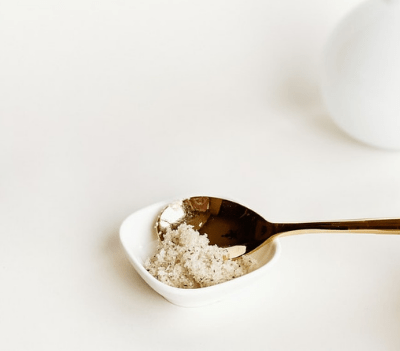
A common recommendation is to exfoliate your skin two to three times per week because over-exfoliating may irritate your skin, leading to another breakout. However, you can also exfoliate daily but be sure to look for a mild daily exfoliating scrub with tiny, circular granules.
Step 3: Toner
Toner is often overlooked by many. While it may not be as necessary as other steps but it is one of the most important steps to prepare your skin to achieve the perfect makeup looks. Applying toner daily may help in improving your skin texture and tightening your pores. You can simply put a small amount of toner on a cotton pad and gently dab it all over your face.
Toner helps to remove whatever is left after washing your face by eliminating any remaining debris, grime, and impurities from your pores. In addition, it also prepares your skin for the next step in the skincare routine.
Different kinds of ingredients are used in a toner that targets different skin concerns. For example, you can use a mild hydrating toner daily; but, if it contains more potent active ingredients such as AHAs and BHAs, it should only be applied a few times a week.
Step 4: Serum
The serum is an added product in the skincare regime for those willing to go extra mile for their skin. Face serum, which is formulated to restore, soothe, and moisturize your skin, is an ideal step after cleansing. Generally, the serum has a fast-absorption texture which makes it highly effective. Some facial serum functions as skin-brightening and minimizing blemishes, whereas others concentrate on hydration.
A rule of thumb when applying your skincare is to start from the thinnest to the thickest products. Since most serums have a thin formulation, they work best when applied as the first layer after cleansing your face. In addition, each serum has different efficiency depending on when you apply them, so be sure to read the instructions carefully.
Step 5: Moisturizer
Since we are exposed to dust, particles, and for some people, cold temperature, these may leave our skin dry and rough. Moisturizer helps create a barrier between our skin and the particles to prevent dryness. Apart from that, it increases our skin’s capacity to retain water hence leaving it constantly moisturized.
Applying the moisturizer is the most crucial step you should never skip, especially after cleansing your face. It is also most effective when you apply it on damp skin to seal the moisture. Moreover, using your moisturizer before applying makeup helps avoid a greasy base. If you are looking for one, check out this best face moisturizer.
Step 6: Primer
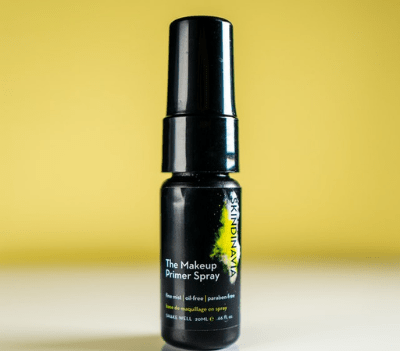
Primer is the essential step before you put on your makeup. It works as a barrier to prevent your moisturizer and skin’s natural oil from mixing with your cosmetic products. It also acts as a base for a smooth makeup application.
Primer creates a smooth, even surface on your skin and helps your foundation, blush, bronzer, and other cosmetic products last longer. Not only that, but primer helps to fill in your pores and gives flawless finishing looks. So it is considered one of the most important steps to achieve your perfect makeup looks.
Like other products, there is no one-size-fits-all primer. However, if you are looking for something to hold your makeup on for the whole day, you should find a primer formulated for your skin type and concerns. If you have oily skin that may become greasy or shiny after several hours of wearing makeup, you can opt for a mattifying primer that can conceal the grease. This is how you get perfect skin before applying makeup, and lookup for some Easy Makeup Looks once you have perfect make skin.





